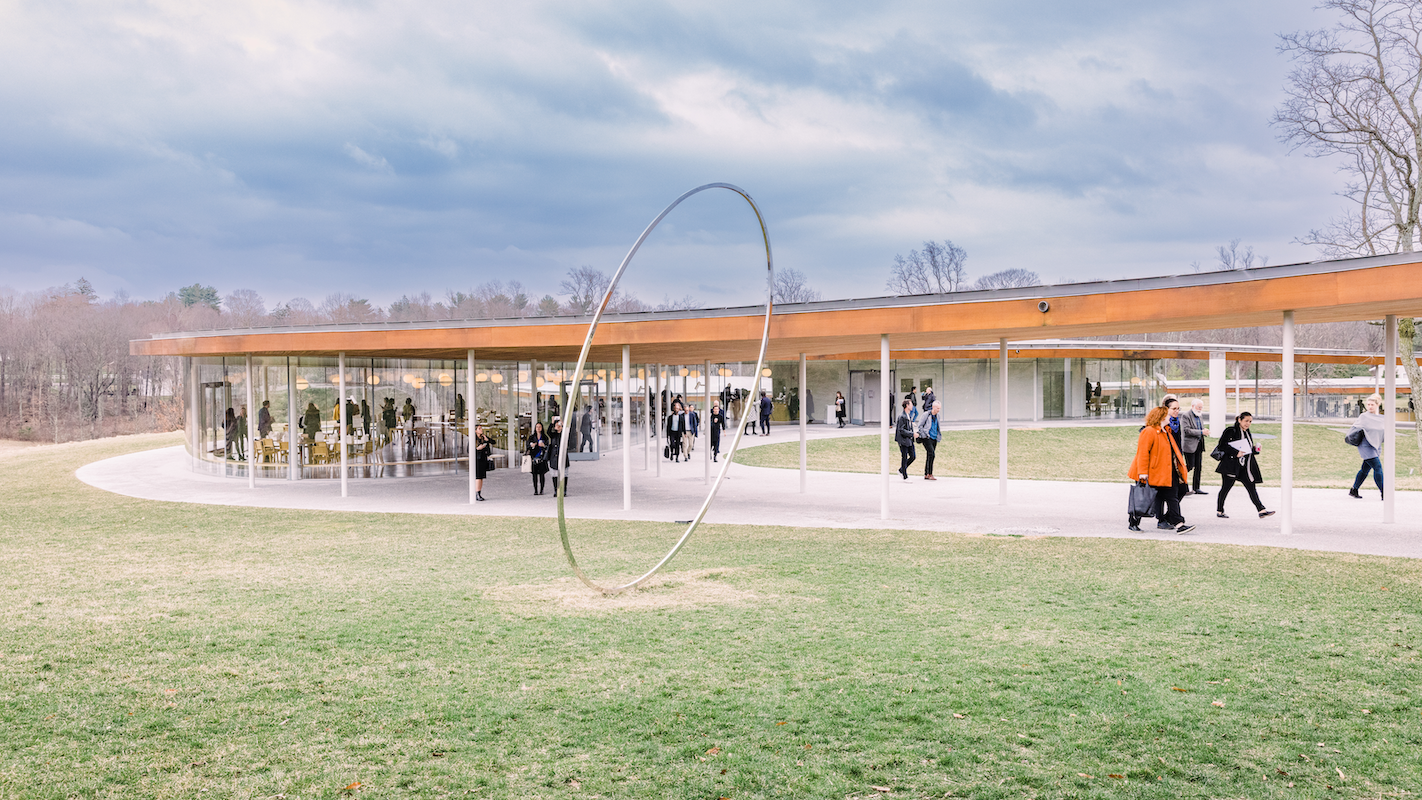The architecture and construction community has been aware for some time of the use of forced labor on construction sites—urbanization at the 21st-century scale is only possible with a migrant workforce of unskilled laborers who build our cities while working in debt-bondage or in such unsafe conditions that death is sometimes the result.
But a new report released Monday October 26 argues that an even more pervasive and silent human rights atrocity is intrinsically woven into the fabric of the built environment and deserves the industry’s collective outcry and advocacy: The systemic use of forced labor in the building materials supply chain. The report, Design for Freedom, is the result of two years of work and research led by Sharon Prince, the CEO of the Grace Farms Foundation, and the late Bill Menking, founding editor in chief of The Architect’s Newspaper.

The two convened a working group of more than 60 architects, engineers, academics, lawyers, human rights experts, and others (including Cathleen McGuigan, Record’s editor in chief) to raise awareness of this modern slavery—illegal across the world—and define the legal and reputational risks of its continuation, as well as actionable steps to dismantle it. “Once you know, you cannot unknow,” says the report, about the ways in which forced labor is connected to thousands of raw and composite materials globally, from bricks made by children and adults held in debt-bondage who breathe hazardous dust all day, to rubber, timber, glass, bamboo, textiles, and steel.
Written by Prince, Grace Farms’ creative director Chelsea Thatcher, and Luis C. deBaca, a former ambassador under the Obama Administration who helped fight contemporary slavery, the dense, 100-page report features contributions from numerous industry thought leaders who argue that the design and construction sector has been slow to insist on clean supply chains because it is one of the largest industrial sectors in the world, and also the most disaggregated and the least modernized. “The patchwork of actors that make up the building materials supply chain—miners, smelters, fabricators, suppliers, manufacturers, importers, construction managers, engineers, and architects, designers, and owners—creates a complex ecosystem that will require collaboration to succeed in the fact of disruption,” the authors write.

Citing a June 2020 McKinsey study, the report argues that disruption in the construction industry will peak in the next five years, spurred by technological advancements, the growth of the modular construction market (hastened by COVID-19), and collective organization in the face of environmental and social injustice. The report’s authors say that, in addition to simply acknowledging the problem, this is the ideal time to use data, digital modeling, and alternative project delivery to layer in checks and balances against slave labor. They also advocate a new research agenda and curriculum in schools to “actualize a freedom ethos in the built environment. Ethical design is now technologically feasible, but requires labor tracking.”
Architects, too, can no longer avoid culpability because of their remove from the supply chain. “We fail to realize that every line a designer or architect draws sets into motion a string of actions that have environmental, social, and ethical repercussions,” write Florian Idenburg and Jing Liu, principals of the New York-based architecture firm SO-IL.
Prince says that she hopes the industry will apply the “muscle memory” from the green building movement and its subsequent certification programs, such as LEED, to create a radical paradigm shift. Much of Prince’s work at the Foundation, located in a sinuous, transparent 83,000-square-foot headquarters in New Canaan, Connecticut, designed by SANAA, has been focused on ending modern day slavery and gender-based violence. Prince founded the multifunctional and hybrid community center, arts center, and foundation in 2009. The building was completed six years later.
Sharon Prince says she “connected the dots” when her advocacy work coincided with her increased involvement in the architectural world. (The report includes a supply chain audit of the SANAA building’s own 60,000-square-foot aluminum rainscreen roof by Sciame Construction and acknowledges that some of the primary material sources could not be traced.) “Every single person in the ecosystem of the built environment, simply has to ask the question, where and by whom made the materials for this building?” says Prince.
Designforfreedom.org launched today with online resources and tools. A series of free webinars hosted by Grace Farms and Pratt Institute will kick off October 29 with Innovative Tools in the Movement Toward Slave-Free Buildings featuring Sharon Prince; Dr. Harriet Harriss, dean of the School of Architecture, Pratt Institute; Susan Jones, principal architect and founder, Atelier Jones Architecture; Chris Sharples, principal, SHoP Architects; Michael Green, principal, Michael Green Architecture; and Phillip Bernstein, associate dean, Yale School of Architecture.









Post a comment to this article
Report Abusive Comment